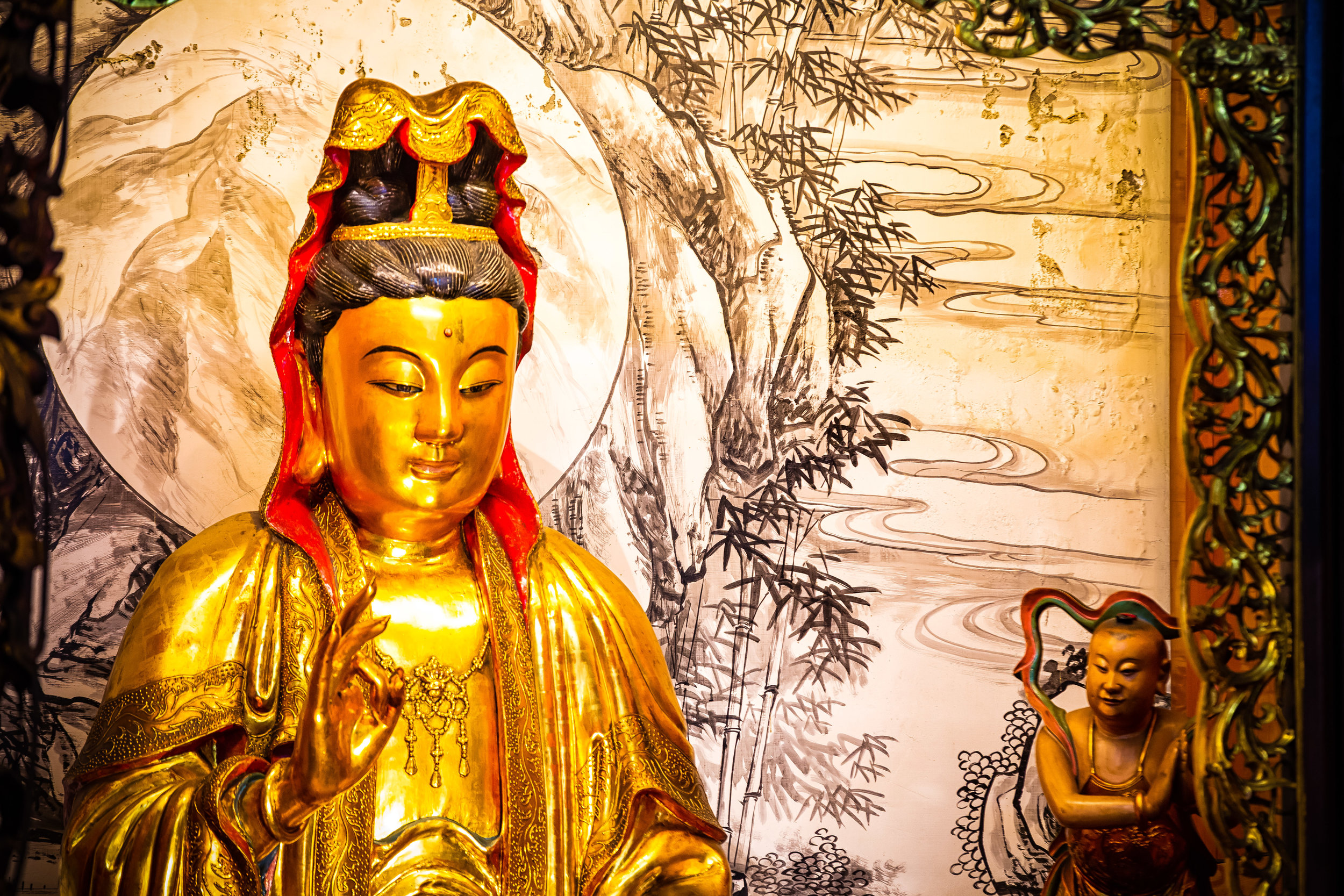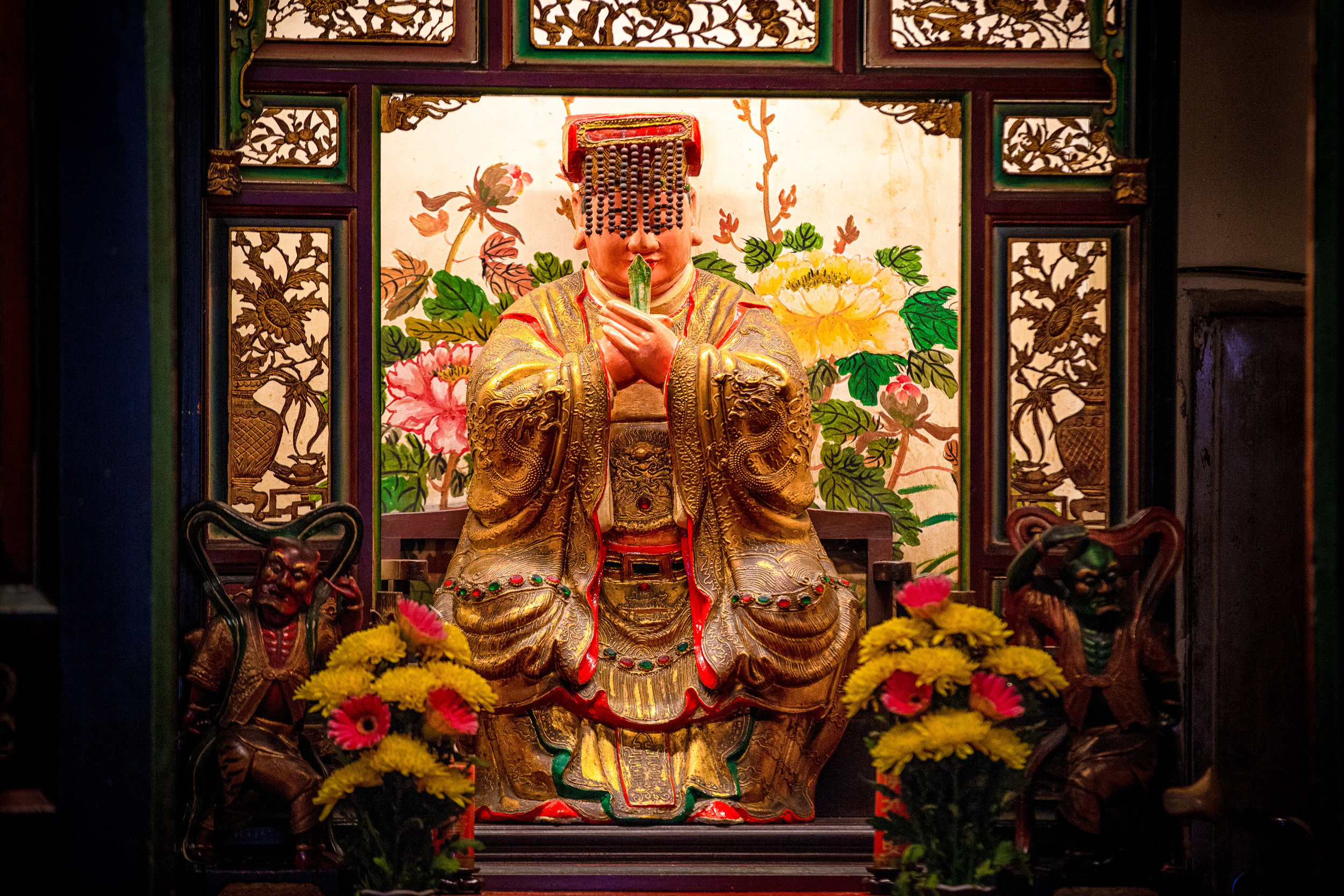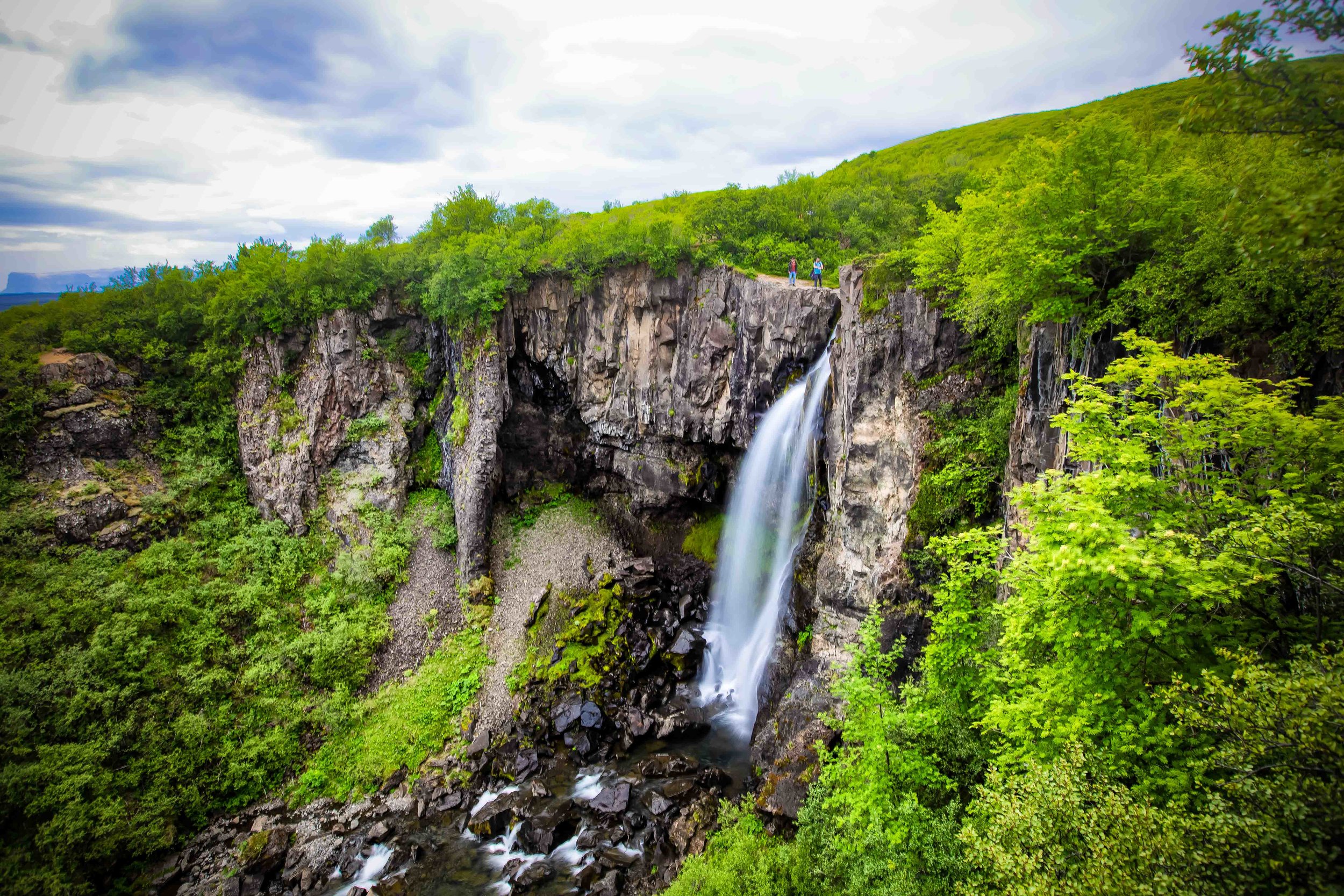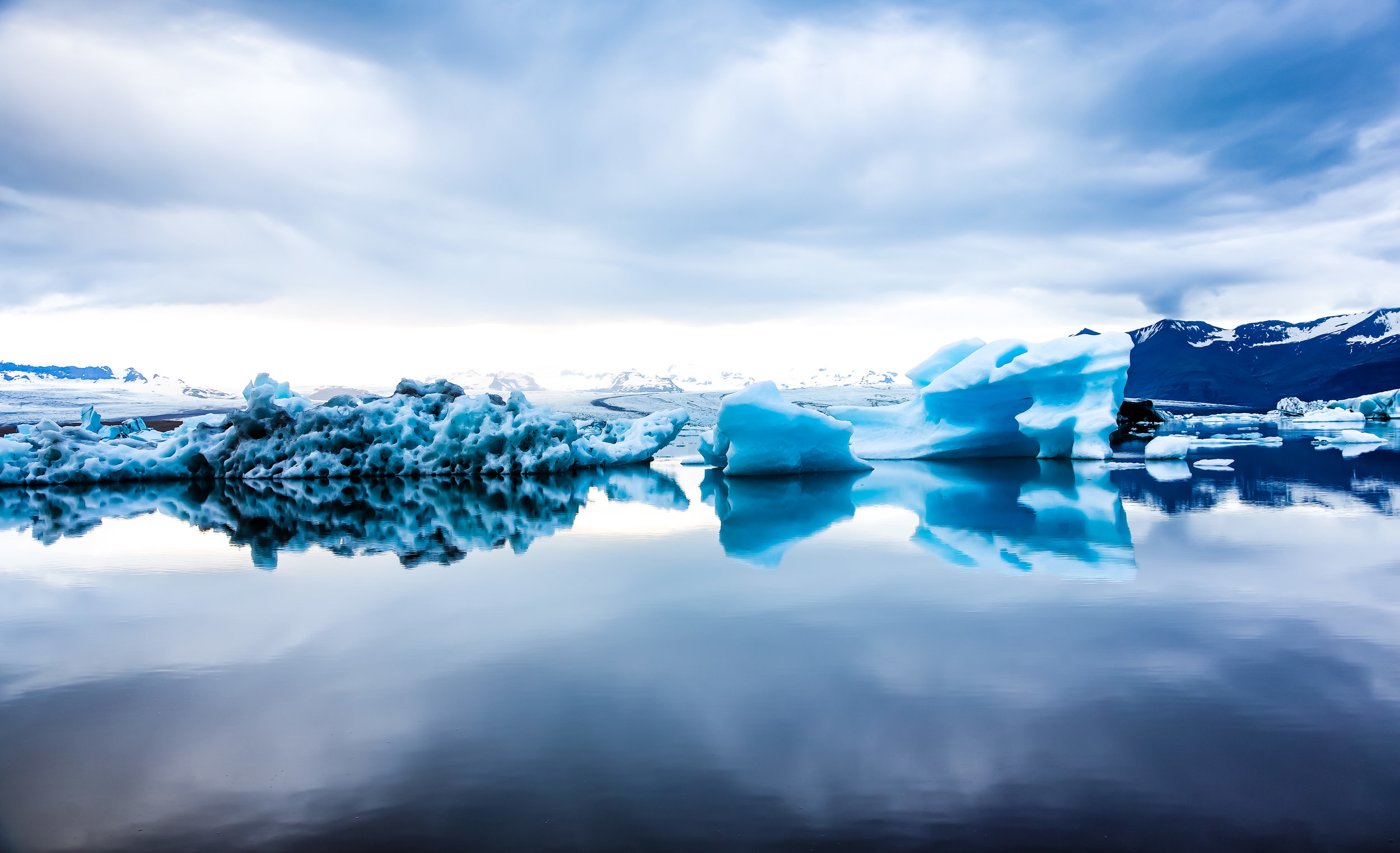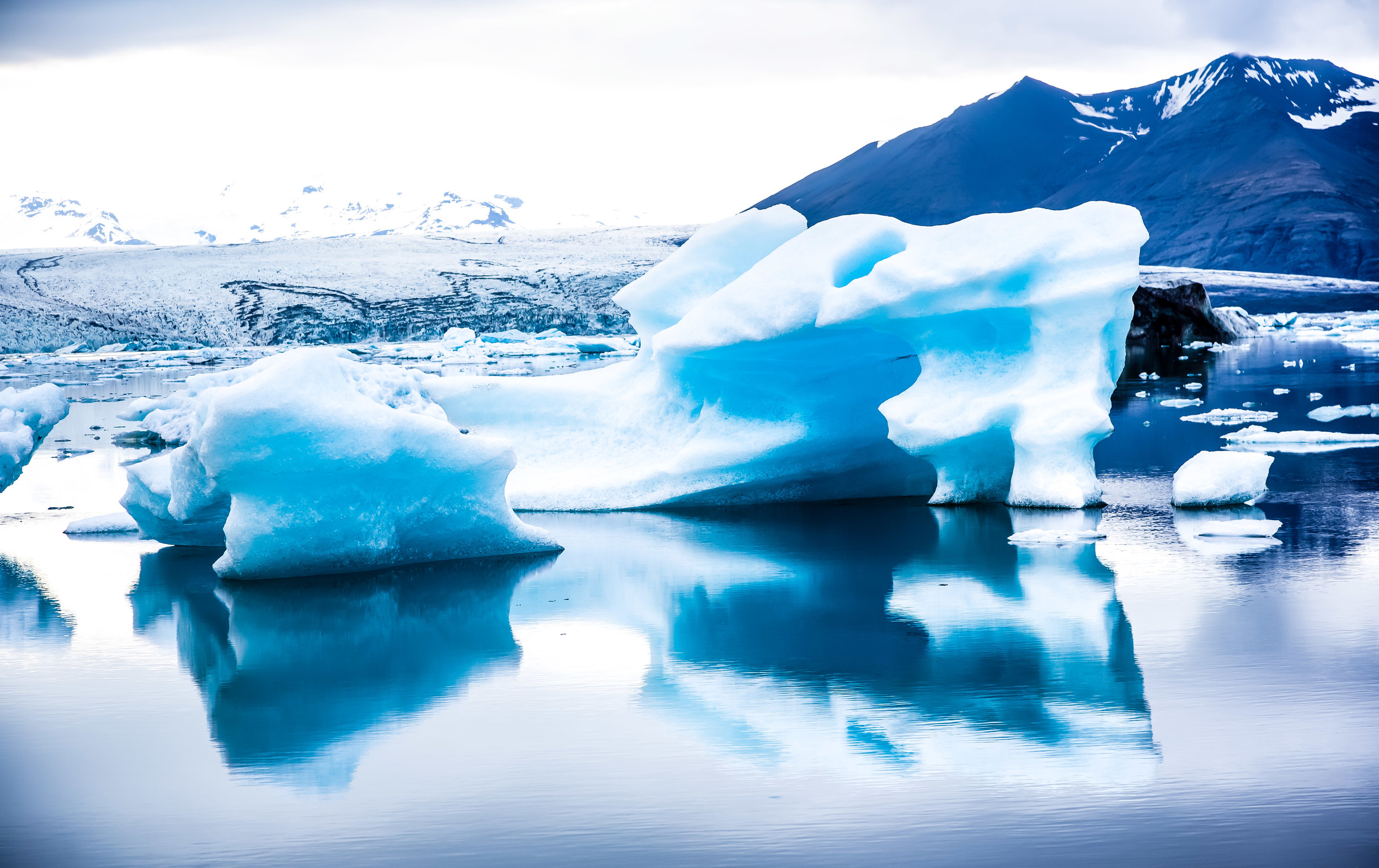When tourists visiting Taiwan want to experience a bit of traditional culture they almost always make their way to Taipei’s beautiful Longshan Temple. The historic temple is one of the best and most easily accessible examples of Taiwanese traditional culture, art and architecture and is always packed full of worshippers going about their daily routines.
What many fail to realize however is that Taipei’s popular Longshan Temple is only one of several temples around Taiwan (as well as China, Hong Kong, Singapore, Malaysia, Thailand, etc.) which share the same name.
There are currently eight temples throughout Taiwan and its outlying island territories where you can find a ‘Longshan Temple’ - Of those eight temples, five of them are historically significant in buildings which date between the 17th and 19th centuries.
For westerners, I suppose its easiest to compare how the various denominations of the Christian church have set up a network of branches all over the place.
Here in Taiwan the situation is very similar with major temples like Longshan Temple (保安宮), Qingshui Temple (清水祖師廟), Bao-An Temple (保安宮), Confucius Temple (孔廟) all having branches in several locations throughout the country.
While the majority of Taiwan’s most significant Longshan Temple’s were constructed in the 1700’s, the baby of the group, Tamsui’s Longshan Temple might not have such a storied history, nor is it as popular as its siblings but it does nonetheless have a charm of its own and should be on the list of every tourist’s itinerary if they are planning to visit Tamsui.
Before we get into the history of the Tamsui Longshan Temple though, I think I should give a brief explanation of the common features of all of these temples:
Longshan Temple (龍山寺)
The Longshan Temple’s of Taiwan have a history that is directly related to the early migration of Hokkien Chinese settlers from China’s Fujian Province (福建省).
Starting in the early 1600’s, due to the political instability of the Ming Dynasty (明朝), many people hailing from the Fujian and Guangdong areas made the decision to pack up and move across the Taiwan strait and throughout South East Asia.
Bringing their language, culture, cuisine and folk religion, the Hokkien people sought to make a go of it in what was then a very under-developed Taiwan.
The original Longshan Temple which received its name thanks to its location on Dragon Mountain (龍山) in Fujian, was constructed during the Tang Dynasty (唐朝) somewhere between 618-619.
The temple, like every other Longshan Temple that followed it is dedicated to the Buddha of Compassion whom in the Chinese Buddhist tradition takes the form of Guanyin (觀音菩薩), a female Buddha. Non-Chinese Buddhists are likely more familiar with Tibet’s Buddha of Compassion who appears in human form as the Dalai Lama.
Here in Taiwan the tradition that these temples would be dedicated primarily to Guanyin has continued but as the centuries have passed they have evolved and started to accommodate Taoist and local folk religion deities as well - many of whom also hail from the Fujian region.
Even though you can now find several deities housed within Taiwan’s various Longshan Temples, the fact remains that the majority of the religious practices that take place inside are rooted in ancient Chinese Zen Buddhist tradition.
Something that I can’t underscore enough about the religious experience in Taiwan compared to the west is that temples like Longshan Temple have the ability to house gods from what are considered to be different religions yet there are never any problems that arise from this. The religious experience in Taiwan is one of tolerance and should act as a model for those around the world who would use their religious beliefs to cause harm to others.
The Hokkien people who brought with them their cultural and religious practices constructed their first Taiwan branch of Longshan Temple in Changhua’s historic port town of Lugang in 1647 and later constructed several others.
Today there are five temples in Taiwan with histories that date between 160 - 370 years which were all constructed during the Qing dynasty.
Lugang Longshan Temple (鹿港龍山寺) - 1647
Tainan Longshan Temple (台南龍山寺) - 1715
Monga Longshan Temple (艋舺龍山寺) - 1738
Fengshan Longshan Temple (鳳山龍山寺) - 1765
Tamsui Longshan Temple (淡水龍山寺) - 1858
Daxi Longshan Temple (大溪龍山寺) - 1868
Each of the temples differs in its design, but they all share a similar history and purpose making the Longshan Temple’s of Taiwan an important place of worship and historical value.
Tamsui Longshan Temple (淡水龍山寺)
Tamsui’s Longshan Temple was originally constructed in 1853 by residents of the Tamsui port area who had immigrated from the Quanzhou (泉州) area of Fujian.
Unfortunately after only a few short years the temple burnt to the ground.
In 1858, the current version of the temple was reopened and even though it has been repaired and renovated several times over that period of time, it still maintains its original design.
In comparison to the other Longshan Temples around Taiwan, the Tamsui version is a considerably smaller place of worship - Its beauty however lies in its design and its simplicity.
The entrance to the temple is strangely in a dark, covered traditional market that makes the temple seem somewhat mysterious from the outside. The elaborately decorated traditional stone-front temple facade even on the brightest of days is barely visible.
The entrance however opens up to a beautifully naturally lit interior that tends to transform depending on the weather. On sunny days the temple shines - on rainy days the colours of the temple are accentuated by the dull grey skies with clouds of burning incense.
Coincidentally the temple has become a popular place or photographers for this very reason. Its a very photogenic place
As is tradition, the temple was constructed sitting in the west and facing east (座西朝東) and has a simple ‘two-hall and two-passage-way’ design (兩殿兩廊式). Basically what this means is that the temple was constructed according to Feng Shui for great energy and is rectangular in shape with two different sections - a common design for temples. The entrance area forms one of the ‘halls’ (殿) with an open-air courtyard in the middle. There are two covered walkways (走廊) on either side that lead to the rear hall where the main shrine is located.
Considering its size, the temple only has one shrine room but the decorations in the interior not only show their age but the expert craftsmanship of Taiwanese temple architecture. The wood and stone work inside is beautiful, especially the large wooden plaques with calligraphy that hang from the ceiling.
The main shrine is (of course) dedicated to Guanyin (觀音菩薩), the Buddha of Compassion. But what you might find interesting is that all three of the shrines in the temple are dedicated to popular female deities from Buddhism, Taoism and Chinese folk religion.
The statue of Guanyin is a large golden one with beautifully hand-painted calligraphy in the background. To her right is a shrine to the Goddess Mazu (天上聖母), the patron-saint of Taiwan and to her left is a shrine to the Goddess of Child Birth (註生娘娘) rounding out the all-female cast of deities.
It probably goes without saying that when people pay a visit to the Child Birth Goddess they’re looking to have success in becoming pregnant or divine protection for a safe and healthy delivery.
Guanyin, the principle deity of Longshan Temple on the other hand serves a myriad of different roles - Known as the goddess of mercy, her name loosely means that she ‘hears the cries of mankind’ and seeks to help solve people’s problems. A visit to Guanyin is thus important when seeking protection for your family, health, career, etc.
Finally, Mazu, as mentioned above, serves as the patron-saint of Taiwan and especially those who work on the seas - There are over a thousand places to workshop Mazu around Taiwan with most shrines historically constructed in port areas by fishermen who wanted to express gratitude for watching over them while out at sea.
As the patron-saint of Taiwan however Mazu has over the years transcended her traditional role as protector of the seas to the protector of the nation. People of all walks of life in Taiwan pay respects to the goddess and also request protection for theirselves and their families.
Getting There
Tamsui’s Longshan Temple is a short walk from the Tamsui Metro Station (淡水捷運站) and makes for a great visit if you are taking the time to visit the Danshui Old Street (淡水老街).
Somewhat hidden within a bustling traditional market, there isn’t much signage in English that will point you in the direction of the temple which means that you’ll probably want to follow Google Maps for this one.
From the Metro Station you’ll want to follow Zhongshan Road (中山路) into the downtown area of Tamsui making a right turn when you arrive at Zhongshan Road Lane 8 (中山路8巷).
From there you’ll walk up the hill for a minute or two before you turn right into a market alley on Qingshui Street (清水路) which you will walk down for a minute before turning left and seeing the main entrance to the temple.
While visiting Danshui, apart from the other obvious tourist destinations, you may also want to consider visiting the local Qingshui Temple (清水祖師廟) and the historic Fuyou Temple (福佑宮), one of Danshui’s most important and historic places of worship.
If you are like many other tourists who make visiting Tamsui part of their Taipei itinerary you’ll definitely want to include a visit to the local temples to enjoy a bit of the storied history of the area that you will completely miss while walking down the so-called “old street”.
Tamsui played an instrumental role in the development of Northern Taiwan and you don’t have to look very far for its history. Its on display all over its streets. Try not to be like all the other tourists walking around with their giant ice-creams thinking they’ve seen the real Tamsui.
A visit to Tamsui’s Longshan Temple will be a completely different experience than what you will have at Taipei’s temple - The relative peace and quiet of the Tamsui temple allows guests to walk around and really appreciate the fine details of the beautiful artwork and architecture without a billion other people getting in the way.



